We’re so happy to finally start getting feedback from real users! The Narrative Clip is now out in the wild and we’re steadily ramping up production to get it in the hands of everyone still waiting for their delivery. Meanwhile, we thought we’d present you with some highlights from what people have been writing about their personal product experiences these first weeks. Most of the quotes and points refer to five users who have written more or less extensive blog posts – the links are all listed at the end of this post! Also, all photos have been given explicit consent by the content owners to be shared here.
The dialogue between us and our dear community is of course on an ongoing basis, and it’s only because of your fantastic engagement and willingness to share your thoughts and issues directly with us that we can keep improving the Narrative user experience. We’re happy to have a lot of user-to-user dialogue going on in this facebook group started by engaged customers just like you!
Unboxing/getting started
It seems that many of you have a pleasant experience opening the Narrative Clip box, some of you even comparing the packaging to that of an Apple product! Also appreciated is the simplicity of installing the necessary software and getting started wearing the Clip and taking photos. That said, we’re also getting some feedback that the included manual could be more clearly descriptive in how to get started – and also in explaining some of the not-so-obvious intricacies. We are in process of reworking the manual according to these and other change requests.
*** See planned additions to the manual at the bottom of this post!
Using the Narrative app on iPhone/Android
Finally got my @getnarrative yesterday and the design is great through-and-through: hardware to software to even brand and illustration.
— Justin Edmund (@jedmund) January 16, 2014
Most comments on the user interface of the Narrative App (the central part of the Narrative experience) have been positive, encapsulating the value of photo lifelogging as a complement to other forms of life documentation. Praise such as “beautiful, intuitive UI” again makes us happy – it really is paramount for us to build a product and service that’s accessible to all.
Liora shone light on an unexpected benefit, realising that the Narrative Clip gives her a recording of the creative process as an artist. She also noticed that the photos could make her aware of bad habits, making her motivated to make positive life changes. These are great examples of insights after the fact – moments and things captured even though you didn’t realise their value until in retrospect. On that note, Gavin shared a beautiful example of “photos you couldn’t have without Narrative Clip” here:
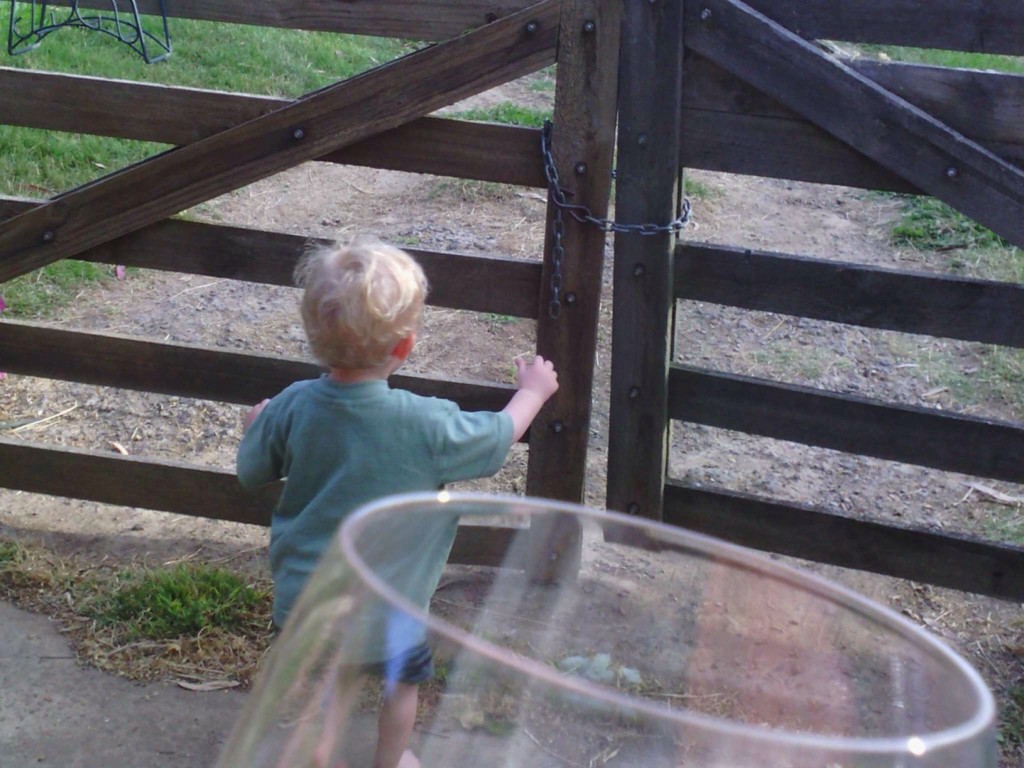
“This really is what makes Narrative Clip awesome. Like diamonds in the rough, there are photos that will appear that make it all worth it.” – Gavin Neal (photo shared with explicit consent from owner)
There were also some issues with the app experience (and the uploader software that transfers your photos from the Clip to the Narrative Cloud, making them accessible in the app). They’re addressed at the bottom of this post. Our support and dev team are hard at work taking in and acting on the great feedback we’re receiving, and an overwhelmingly positive response to that work shows in your comments about our communication and speed in fixing the issues that do appear.
Interesting discoveries and insights
With any new technology there is the need for the individual and society to grow into a natural relationship with it. From these first user impressions we can see how the Narrative Clip raises questions that we will have to collaborate to find the best answers to:
– “When is it valuable for myself to use the Narrative Clip?”
Dirk discovered that wearing it all the times invariably results in getting lots of uninteresting photos – life itself just isn’t that interesting all the time. As a result, he stopped wearing it at home. While a primary aim for us at Narrative is to sharpen the “momentification” algorithms enough that you will not need to wade through masses of uninteresting photos, we also recognize that many of our customers will mainly use the Clip for special occasions.
Meanwhile, Chris’s reason for getting a Narrative Clip from the start was to use it for one specific purpose, namely while out doing endurance sports. For Chris and others like him, maybe the reverse pattern will be true and they instead start wearing it more and more when they discover the value of getting those good photos?
The @getnarrative is pretty cool – probably won’t wear it every day – but it would be awesome for vacations/parties/shows
— AwesomeRobot (@AwesomeRobot) January 17, 2014
– “When do others consider me intrusive for using a wearable, automatic camera in their presence?”
There are of course the settings where it’s explicitly not ok to take photos, whether with a normal handheld camera or otherwise: public restrooms, airport security, many workplaces such as hospitals etc. A common theme in these first user posts, however, is also that wearing the Narrative Clip makes them feel self-conscious in social situations.
“It’s called a Narrative Clip, and it takes a photo automatically every 30 seconds. Those photos are only visible to me — they don’t get broadcast anywhere. It lets me capture neat things like a beautiful sunset the other night. If it makes you uncomfortable, please let me know and I’ll be happy to take it off.”
– “elevator pitch” by Liora Hess
Feeling concerned about others’ privacy is of course a good thing, and one good tip from Liora is to actually have an “elevator pitch” to be able to explain in a few sentences what the Narrative Clip is and why one is using it. When emphasis is put on the very personal nature of one’s “timeline” and that public sharing of photos is done only after manually reviewing and explicitly choosing to do so, conversation often shifts from a suspicious to a curious tone. On the other hand, Gavin’s experience was that “family members loved it and took turns wearing it”, which echoes the response many of us in the Narrative team has gotten from our friends and family.
So – what would your elevator pitch be? Would you wait until being asked about what you’re wearing, or preempt the question by announcing to your counterpart in the beginning of your interaction?
Perceived issues (with Narrative comments)
This is of course just the beginning of creating the best user experience possible, and everyday since shipping the first Clips we’ve been getting great feedback on how to improve. Some comments on those issues can be found below. Our support team is always there for you when you experience troubles or just have questions for us – please reach out to us at any time!
– “Not all photos look as good as I expected”
Almost everyone will experience weird angles camera pointing at the ceiling, etc when they start using the Narrative Clip. By virtue of the Narrative Clip being a wearable, automatic camera (likely the first one of it’s kind for most of our users) there will often be an initial period of getting familiar with it – how to wear it in different ways on different kinds of clothes, propping it up on or attaching it to various objects, etc. Some of our users are creating versions of a DIY adjustable-length necklace so the Clip can be positioned at a height where it’s pointing more or less straight ahead, and as announced earlier we ARE planning to release an official wideangle lens accessory. However, a big part of the Narrative experience is about letting go of the pressure of documenting life as it happens – just knowing that you will get lots of photos without any effort, including a number of beautiful, in the moment shots that you would never have had without the Narrative Clip.
There’s also the issue of color representation/graininess – especially in photos taken in low-light conditions. The camera sensor in the Narrative Clip is comparable to most smartphone cameras, likewise with the photo quality if taken under similar conditions (keeping in mind that mostly, with your smartphone you hold it still while taking a photo, carefully aiming it and looking at the object on your screen while shooting. You also have flash to help you out in low-light surroundings). What the app is presenting today are unprocessed photos, but we’re experimenting internally with different kinds of visual post-processing (enhancing colors/saturation, smoothen out “graininess”, increase contrast in dark photos etc) to make the photos look even better, and will of course roll out the best solutions we can find to our users. These could be presented as automatic, across-the-board improvements OR a selection of “instagram-like” filters.
– “I’m having issues with the app and uploader”
Uploading takes a long time for many users – this is a natural effect of creating massive amounts of data, combined with a slow internet connection of some users. We’re looking at possible ways to optimize data sizes BEFORE uploading, and we’ve already introduced a feature to throttle the uploading speed for users that experience the Narrative uploader hogging all their bandwidth.
We’re also straightening out some bugs related to timestamps/jumbled order of photos and moments as well as “delete” function. New versions of the iPhone/Android apps and Uploader are pushed out several times per week.
– “I’m unclear of how my timeline/moments/photos are organized and presented in the Narrative app” (momentification)
The point of momentification is to use image analysis to make sure you see the photos that are “best” and most interesting to you, and for you to feel that the Narrative Clip’s output of potentially thousands of photos per day is manageable in a simple, fun and engaging way. In the timeline you should get a good overview of your days, and in the moment view you should be able to dig in and interact with all your photos. How to present “it all” is a balancing act – it involves automatic sorting based on time, place and quality, rotating and cropping for ease on the eyes for mobile browsing, and many other factors. The coming search function is also of course a key ingredient in this. We want to stress that we’re continuously working on improving all steps in this chain – from smarter algorithms to better mobile UI to alternative interfaces such as web/tablet to more sharing and photo management options – and that all your photos are safely stored in the backend in their original, uncropped format. This means that you will be able to access them in their full size and aspect ratio, just as we’ve promised from the start. Our developers are fully committed to giving you the best possible way to browse, explore, search and share your photos, and we’ve only just begun with the most simple feature set on which to build even more awesomeness.
*** Examples of planned additions/clarifications in the manual
- Double-tapping to take an extra photo makes the LEDs light up for a second, and the photo is taken when the lights go down again. Also, what triggers the double-tap is the ACCELEROMETER sensor – this means that the whole Clip needs to sense the taps as “knocks”. If you tap it just lightly (as you would a smartphone screen) it will often NOT trigger the extra photo. It will take a few tries to get the hang of it.
- “Soft sleep” vs “hard sleep”: When putting the Clip upside down on a flat surface it’s in “hard sleep” – taking no photos. BUT if you “only” put it in your pocket etc (only darkness, not necessarily in a flat/prone position), it instead switches to “soft sleep” / low frequency mode, waking up and taking a photo/sensing the light with longer and longer intervals until it senses light again. (These dark photos will be automatically removed during momentification in the Narrative Cloud.) In both cases, the certain way to wake it up again within seconds rather than what could be a few minutes, is to double-tap it. Soft sleep from temporarily (and unknowingly) covering the Narrative Clip is a likely reason that you’re not getting photos from times you think you should have.
Links (plenty of sample photos inside, please do take a gander!)
Dirk Haun’s blog part 2 part 3 (@dirkhaun)
Liora Hess’ blog part 2 (@liorahess)
Gavin Neal’s blog (@countknuckles)
Chris Ridings’ blog (@chrisriding)
Eric Klein’s blog (@sircoolio)
Thanks for reading! Please join the discussion with a comment below – or use Facebook/Twitter to get in touch with us, or check out our FAQ if you have any questions.
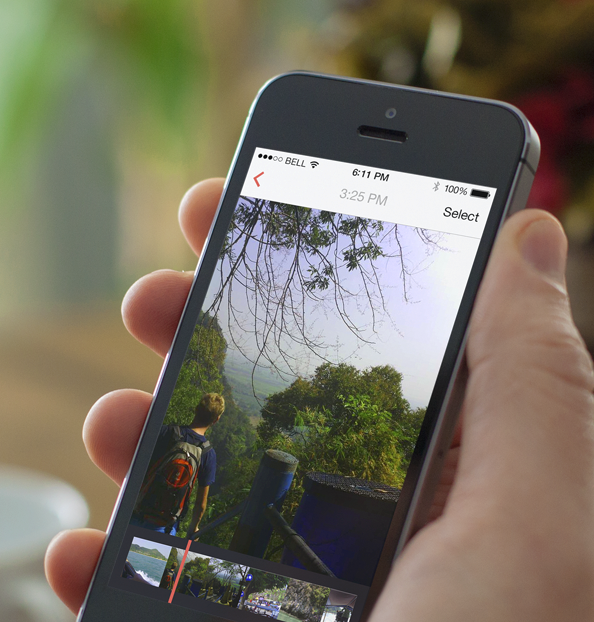
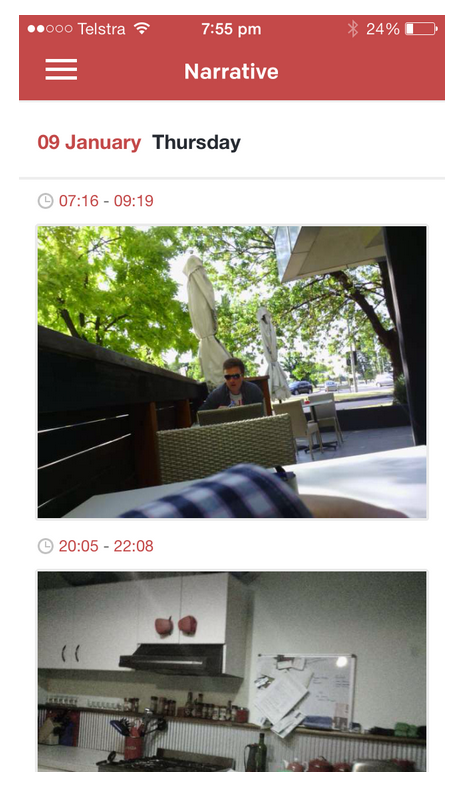
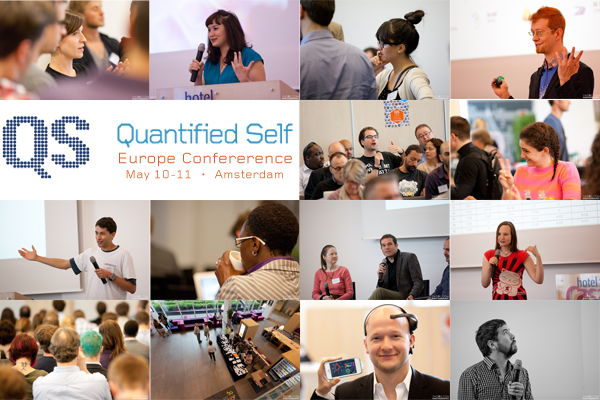
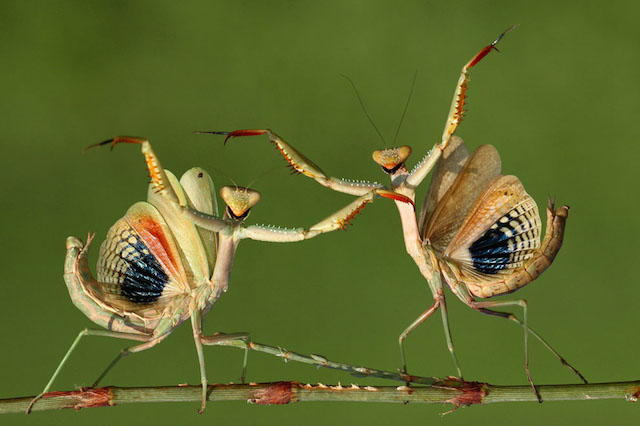
2 Comments
Eager to get mine! I plan to write at least one blog post featuring it.
Pleased to see plans to kill the various bugs with the software/service backend – Narrative is essentially a triangle – product, service and software and all need to work beautifully to be functional as sold (or indeed warrant the purchase price and subscription fee!). I have to be honest that, given the hardware delays, I thought the service and software elements would be rock solid by now.